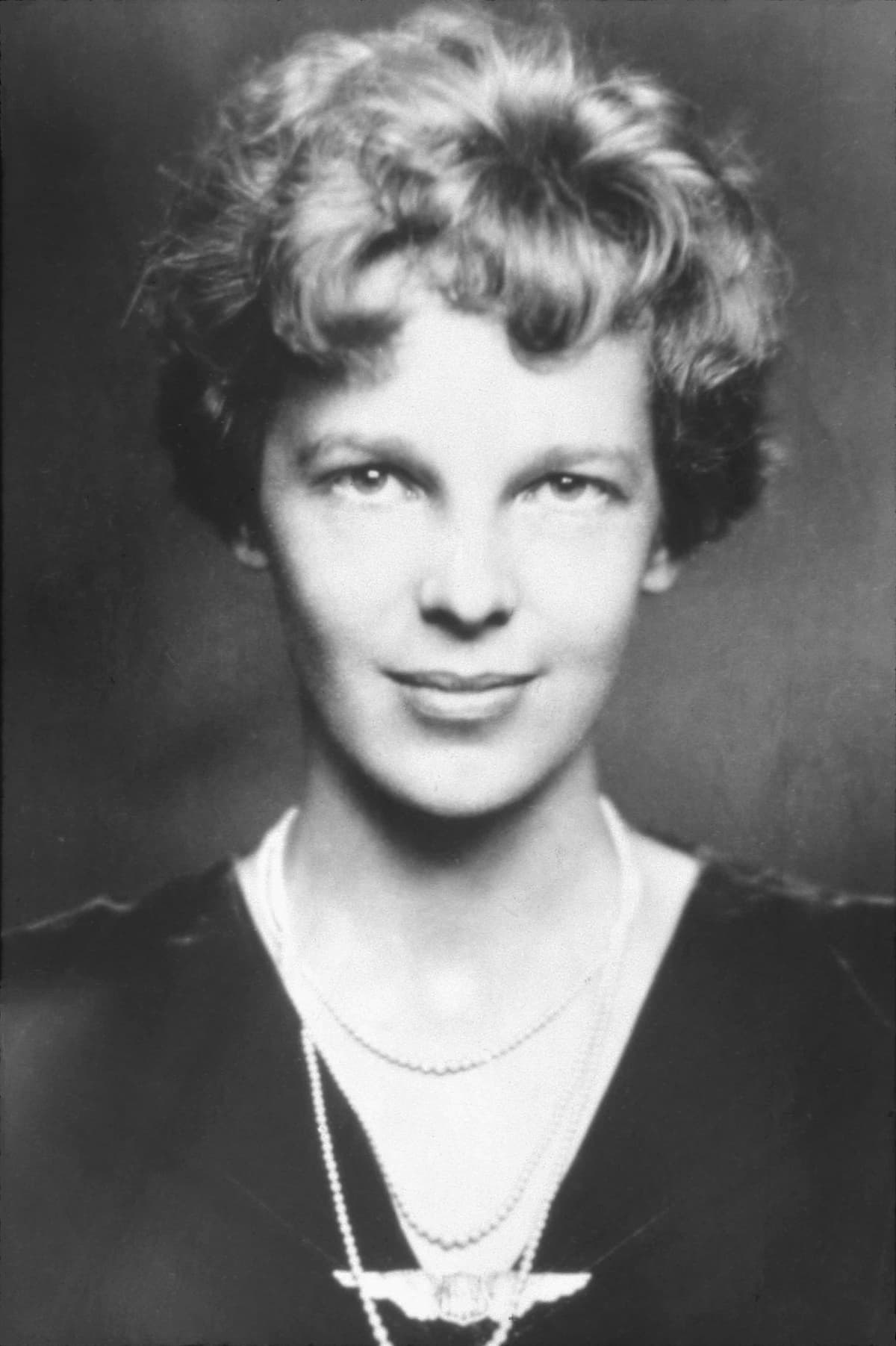Estonian composer Tõnu Kõrvits (b. 1969) used the inspiring and tragic story of the flyer Amelia Earhart (1897–1937) as the basis for his 2022 work Tiibade hääl (The Sound of Wings). Setting the text of Estonian poet Doria Kareva, Kõrvits created a work for choir and string instruments. Based on Mary S. Lovell’s 1989 book The Sound of Wings: The Life of Amelia Earhart, the work looks at Ms. Earhart’s last flight, her attempt to circumnavigate the world in 1937 that ended somewhere in the Pacific Ocean.

Tõnu Kõrvits
Kõrvits uses the solo viola as his focus instrument, creating the sound of the wind also in his writings for the chorus and orchestra. The introduction brings both sound and silence, summoning up both the wind and the air, flight, and the feeling of freedom. For Earhart, flight was freedom and liberation from both the ground and the things that kept women back in the early 20th century.
Tõnu Kõrvits: Tiibade hääl (The Sound of Wings) – Ülemereühenduses… (On the line…) (Laur Eensalu, viola; Tallinn Chamber Orchestra; Risto Joost, cond.)
The story is told in the poetry on a very abstract level, with the most cogent statement about Earhart’s situation told in two lines: ‘Keegi ei lähe kunagi kaduma. Silmapiir vaid on uus’ (‘No one ever goes missing. Just the horizon is yet to be known’)
Tõnu Kõrvits: Tiibade hääl (The Sound of Wings) – I. Taevas ja tundmatus (The Sky and Beyond) (Estonian Philharmonic Chamber Choir; Risto Joost, cond.)
The choir sound emphasizes the empty sound of the air, particularly in ‘Üks armastus’ (One Love). The text, ‘One love, just like air or sky. | A score of swallows – whose swoop and soar | echoes in seven, seven, seven…’ uses numbers Earhart read in her final radio transmission ‘we are on the line 157337’.
Tõnu Kõrvits: Tiibade hääl (The Sound of Wings) – IV. Üks armastus (One Love) (Marianne Pärna, alto; Estonian Philharmonic Chamber Choir; Tallinn Chamber Orchestra; Risto Joost, cond.)
The final section, ‘Tiibade hääl ja hüüd’ (The Sound and Song of Wings) brings together elements from the opening section, namely the solo viola, so we close with sounds of wings and wind. Everything returns to normal in nature.
Tõnu Kõrvits: Tiibade hääl (The Sound of Wings) – IX. Tiibade hääl ja hüüd (The Sound and Song of Wings) (Yena Choi, soprano; Laur Eensalu, viola; Estonian Philharmonic Chamber Choir, Tallinn Chamber Orchestra; Risto Joost, cond.)

Amelia Earhart
Earhart’s story is tragic, with belief in one’s capabilities not actually matched with the skills necessary to accomplish the task. Earhart travelled with her navigator, Fred Noonan, who was skilled in marine and flight navigation. However, their third support, Harry Manning, who was not only a navigator and a pilot but also a skilled radio operator, had to leave the project when it was delayed due to a takeoff crash in Hawaii. Thus the final flight was done without a skilled radio operator and, in the end, the radio problems were what prevented them from either locating Howland Island or telling the ships at sea where they were.
The original plan was for a flight from Oakland, CA to Honolulu, Hawaii, then to Howland Island, to Australia, and so on, travelling west around the world. The June flight reversed this plan because of the winds: Oakland, CA to Miami, FL, to South America, Africa, India, Southeast Asia, with the final landing before attempting the cross-Pacific flight at Lae, New Guinea. From Lae, they were to fly to Howland Island for refueling. They never landed at Howland, with the final transmissions reporting the airplane to be low on fuel. 22,000 miles into their 29,000-mile flight, Earhart and Noonan were never seen again.
The 9 verses of Kareva’s poetry address many parts of life: love, bravery, loneliness, and expectation. Kõrvits’ music matches Kareva’s spare poetry and we are left in a world of sound and silence, wind and stars, and infinity.
For more of the best in classical music, sign up for our E-Newsletter


